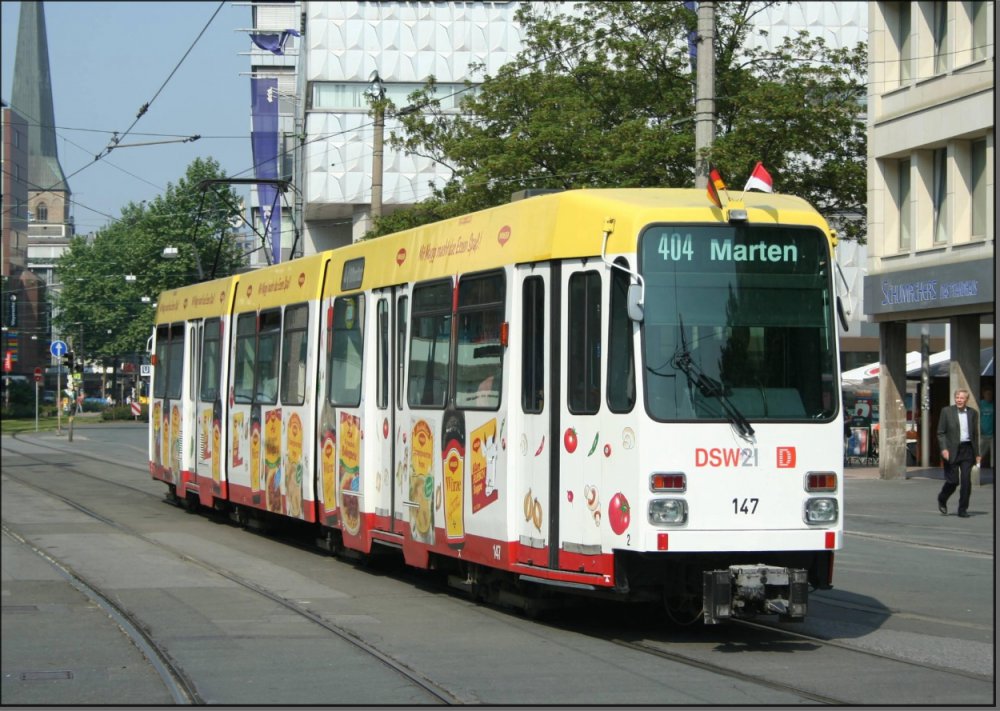
Introduction
Dortmund, a prominent city in Germany’s North Rhine-Westphalia region, is gaining recognition not only for its rich industrial history but also for its vibrant cultural scene and rapid innovation. As one of the largest cities in Germany, Dortmund plays a significant role in the country’s economic landscape and is a hub for technology, education, and sports. This article explores the key elements that make Dortmund a noteworthy city to learn about in 2023.
Historical Background
The history of Dortmund dates back to the 9th century when it was established as a trading post. The city rose to prominence during the Middle Ages due to its strategic location along trade routes. The extensive coal and steel industries that developed in the 19th century positioned Dortmund as a significant player in Germany’s industrial revolution. However, like many industrial towns, it faced economic challenges following the decline of heavy industry in the late 20th century.
Modern Dortmund: A Blend of Tradition and Innovation
In recent years, Dortmund has reinvented itself. With initiatives focused on technology and innovation, the city has become a beacon for startup companies and modern industries. The establishment of the “Dortmund Digital” program aims to promote digitalization across various sectors, including logistics and healthcare. Furthermore, the city’s commitment to renewable energy and sustainability is evident with numerous projects aimed at reducing carbon footprint.
Cultural Significance
Dortmund is not just known for its economic prowess; it is also celebrated for its rich cultural heritage. Key attractions include the Dortmund U, a former brewery turned cultural center that hosts art exhibitions and events. The Westfalenpark, one of the largest urban parks in Germany, offers beautiful gardens and the famous Florianturm observation tower, providing panoramic views of the city. Additionally, Dortmund is home to the Signal Iduna Park, the iconic stadium of Borussia Dortmund, one of the most successful football clubs in Germany.
Conclusion
The transformation of Dortmund over the years highlights the city’s resilience and adaptability. As it forges ahead with its focus on technology, sustainability, and cultural richness, Dortmund remains significant not just as a historical site but as a modern metropolis. The continuing developments in infrastructure and cultural investments indicate a proactive approach, positioning Dortmund as a noteworthy city in both Germany and the broader European context in the coming years.



